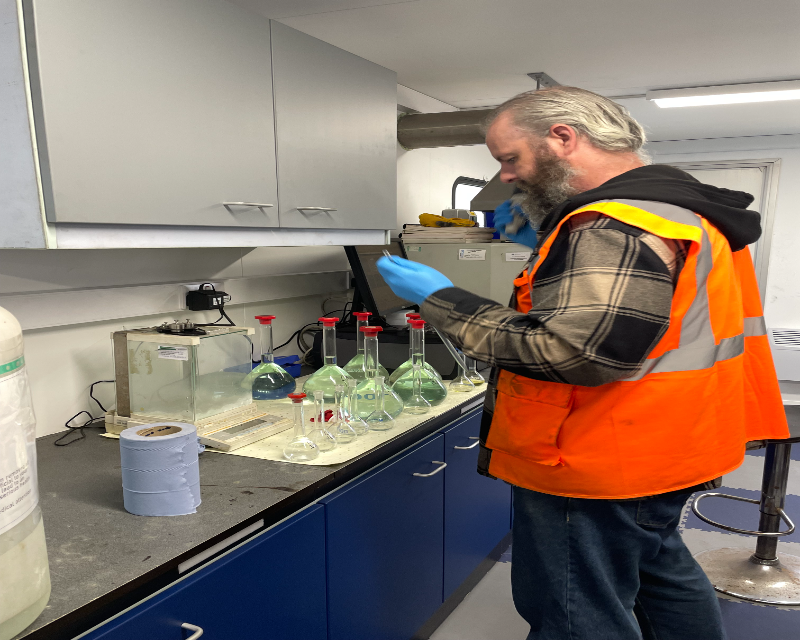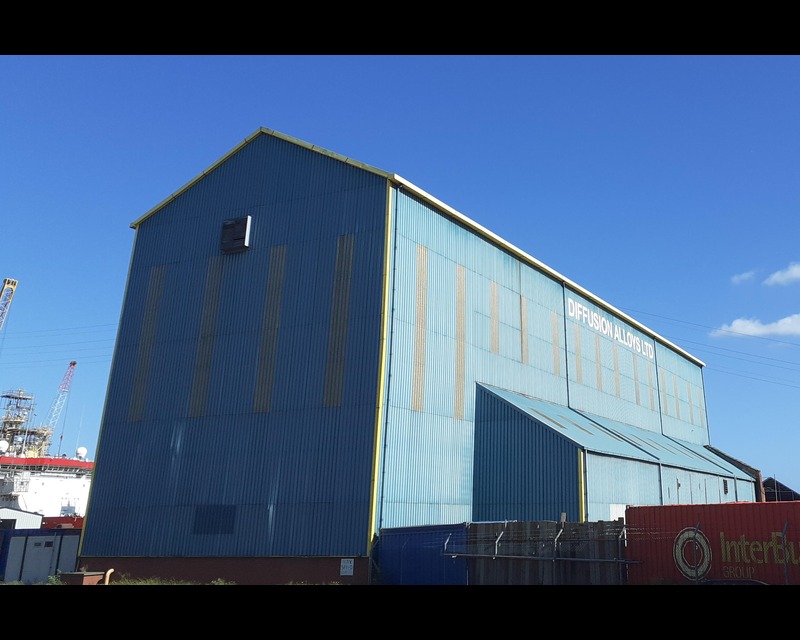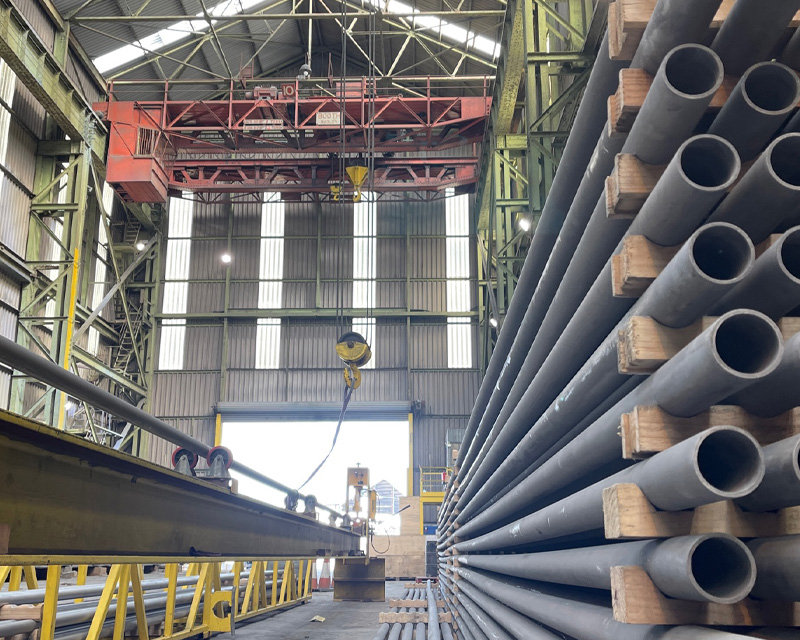
Hydrogen Embrittlement and Coating Solutions
Hydrogen embrittlement is one of the most serious material challenges in modern energy and industrial systems.
When atomic hydrogen diffuses into metals, it can cause loss of ductility, cracking, and sudden failure, often without visible warning. For components exposed to hydrogen-rich environments, preventing embrittlement is essential to ensuring reliability, safety, and long service life. Diffusion coatings play a critical role in mitigating this risk.
By forming stable, diffusion-bonded surface layers, they act as hydrogen barriers, reducing absorption and limiting hydrogen diffusion into the base metal. For industries developing hydrogen production, transport, and storage infrastructure, these coatings are now central to long-term material integrity.
Understanding Hydrogen Embrittlement
Hydrogen embrittlement occurs when hydrogen atoms enter the metal lattice, typically during exposure to high-pressure hydrogen gas, electrochemical reactions, or corrosion processes. Once absorbed, hydrogen migrates to regions of high stress, grain boundaries, dislocations, or inclusions, where it weakens atomic bonds and promotes cracking. The result is brittle fracture under loads far below the material’s normal tensile strength.
This phenomenon affects steels, nickel alloys, and other high-strength materials used in hydrogen reformers, compressors, valves, and pipelines. Even microscopic hydrogen ingress can compromise component performance over time, making surface protection a primary design requirement for hydrogen systems.
How Diffusion Coatings Help
Diffusion coatings, particularly aluminised and chromised layers, create dense, stable intermetallic surfaces that limit hydrogen uptake. The mechanism is twofold:
1. Barrier effect – the coating’s compact structure and low hydrogen solubility reduce ingress.
2. Chemical stability – the aluminide or chromide surface resists oxidation and corrosion, minimising the generation of nascent hydrogen on the surface.
By reducing both the source and the pathway of hydrogen penetration, diffusion coatings extend component life, prevent cracking, and improve the safety of hydrogen-handling equipment.
Applications in Hydrogen Systems
Hydrogen embrittlement protection is vital across the hydrogen value chain:
• Steam reformers and catalytic reactors – preventing metal dusting and hydrogen attack on heat exchanger tubes and manifolds.
• Compression systems and valves – reducing hydrogen permeation in pressure-retaining components.
• Storage vessels and pipelines – improving resistance to hydrogen-induced cracking in steels and nickel alloys.
• Electrolysers and fuel cell systems – protecting metallic parts from hydrogen and water vapour corrosion.
Diffusion coatings are compatible with the steels, nickel alloys, and superalloys commonly used in these systems, providing a metallurgically bonded solution where conventional plating or polymer barriers would degrade over time.
Coating Types for Hydrogen Resistance
Different diffusion coatings address different mechanisms of hydrogen interaction:
• Aluminising – forms FeAl or NiAl layers with low hydrogen diffusivity and high oxidation resistance.
• Chromising – provides a stable, chromium-rich surface that resists hydrogen generation during corrosion.
• Duplex aluminide–chromide coatings – combine both effects, optimising performance for cyclic high-temperature hydrogen exposure.
Diffusion Alloys tailors each treatment to the base alloy, service temperature, and pressure environment to achieve consistent hydrogen barrier performance.
Testing and Validation
All coatings undergo metallographic inspection, hardness profiling, and diffusion-depth measurement. Hydrogen permeability and embrittlement resistance are validated through mechanical and microstructural testing to ensure coatings perform reliably in hydrogen service.
Process data and quality documentation are traceable for each batch. Meeting the stringent standards required for hydrogen and energy-sector projects.
Why Choose Diffusion Alloys
Diffusion Alloys has been supporting hydrogen-related industries for decades, long before hydrogen became a global energy focus. Our coatings are proven in reformers, gas turbines, and process plants, the same environments where hydrogen degradation mechanisms are most severe. We combine material science expertise with industrial experience to deliver coatings that not only resist hydrogen embrittlement, but also withstand oxidation, carburisation, and thermal fatigue. It’s this cross-disciplinary knowledge that allows Diffusion Alloys to engineer surfaces capable of surviving modern hydrogen environments safely and efficiently.



